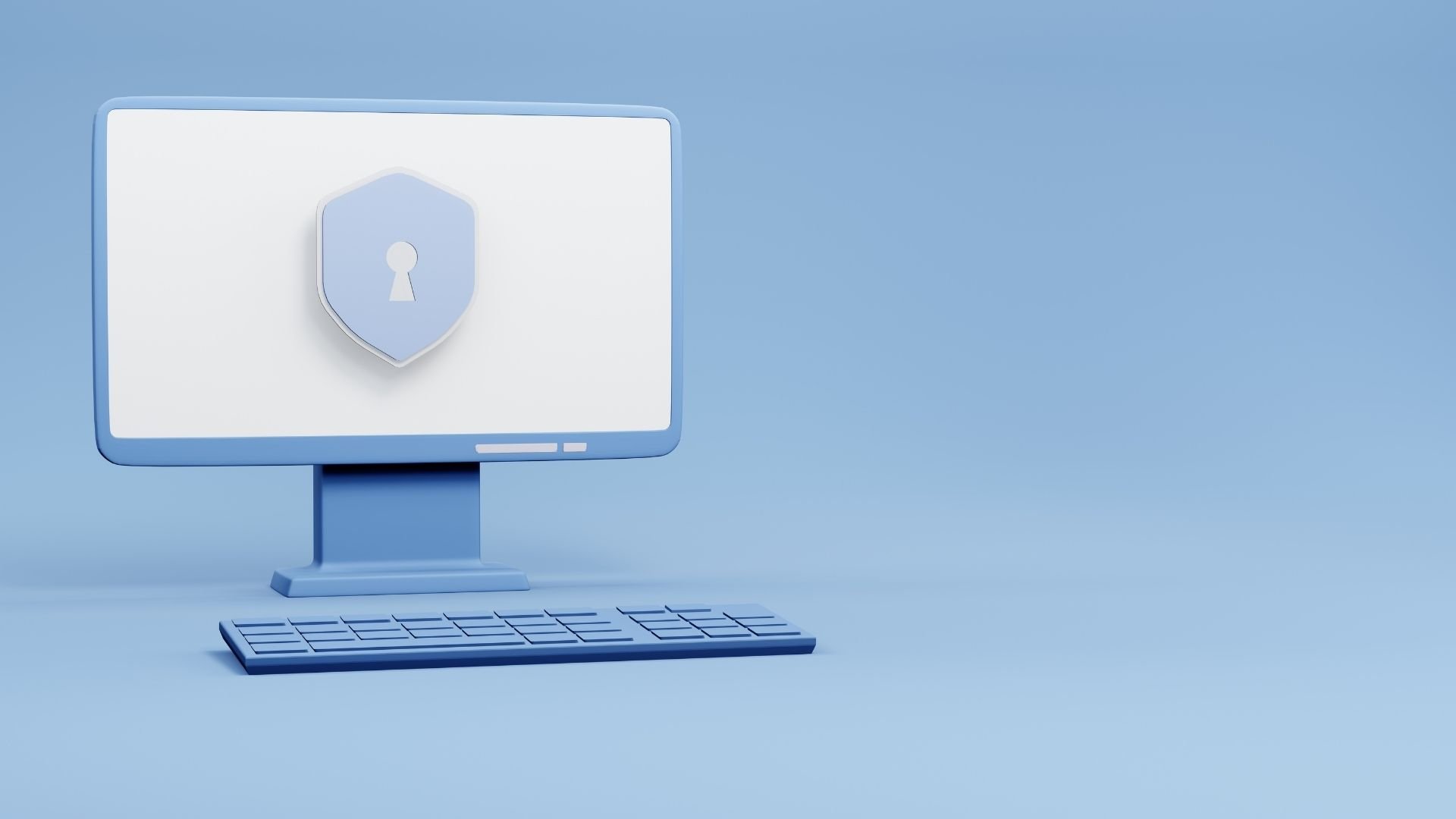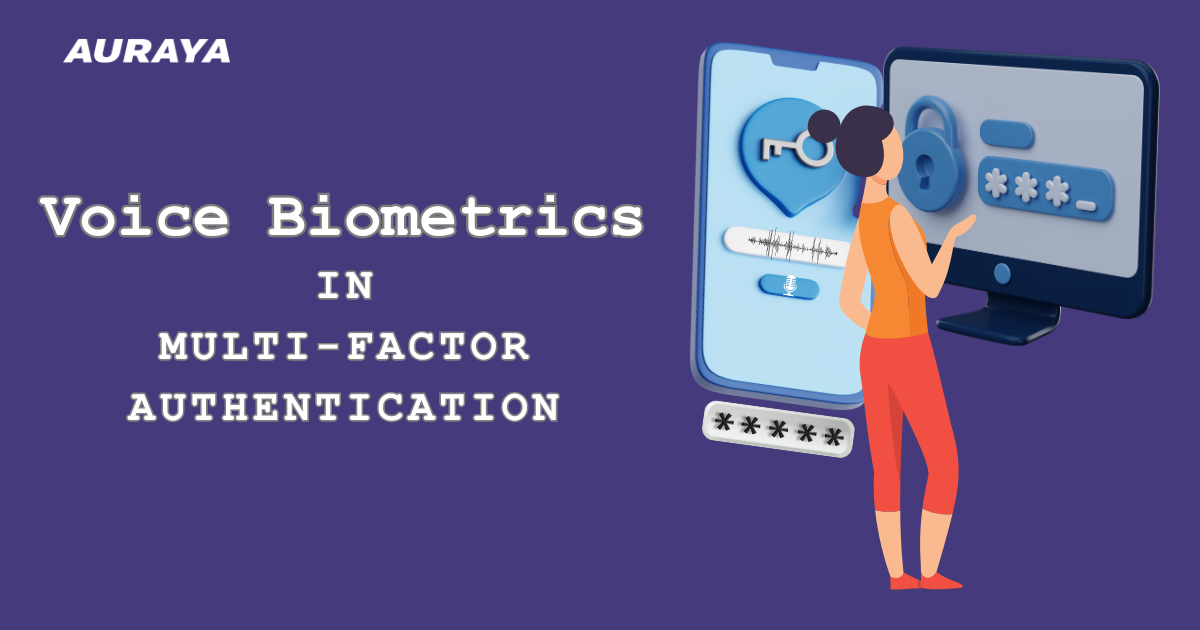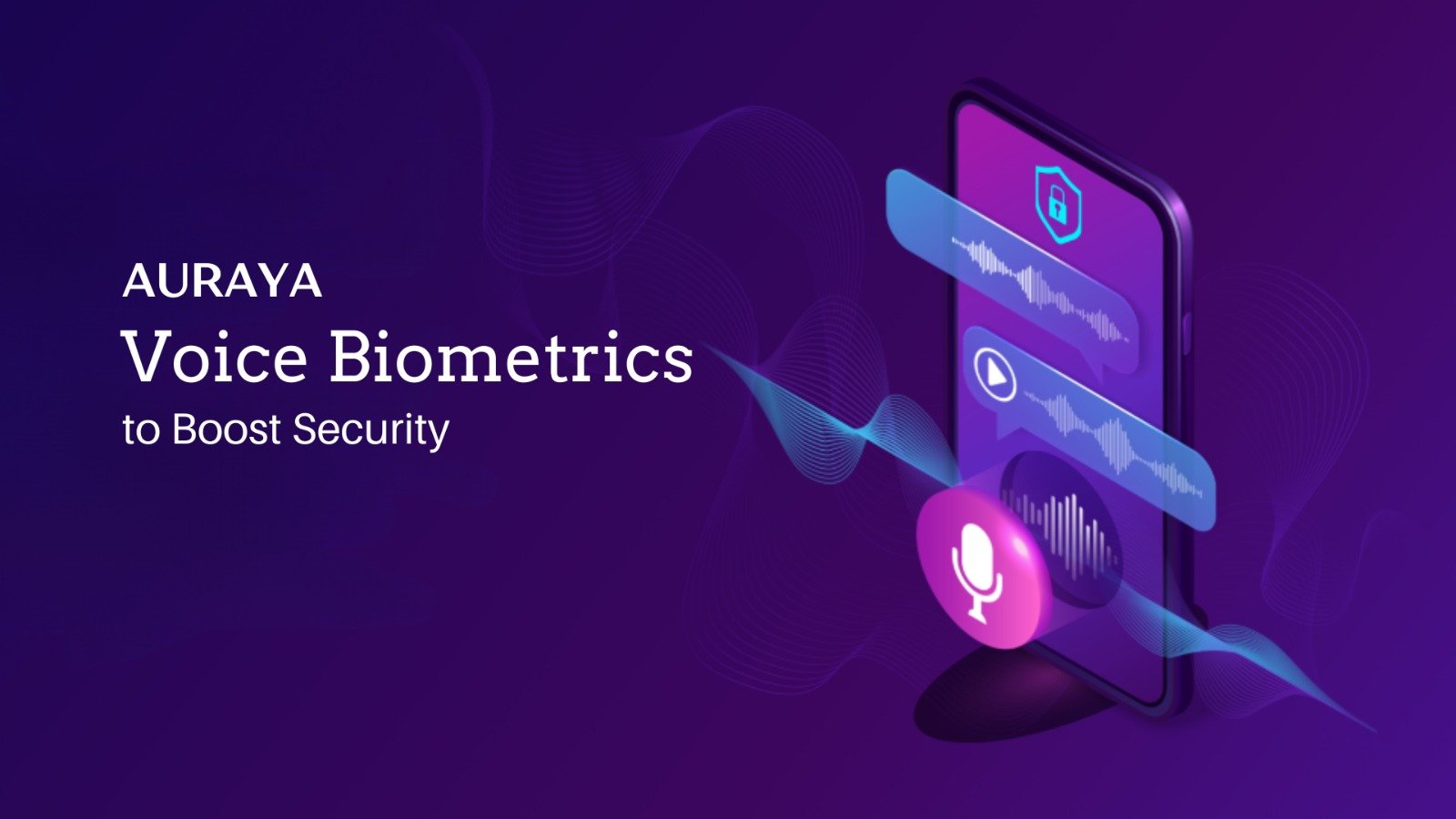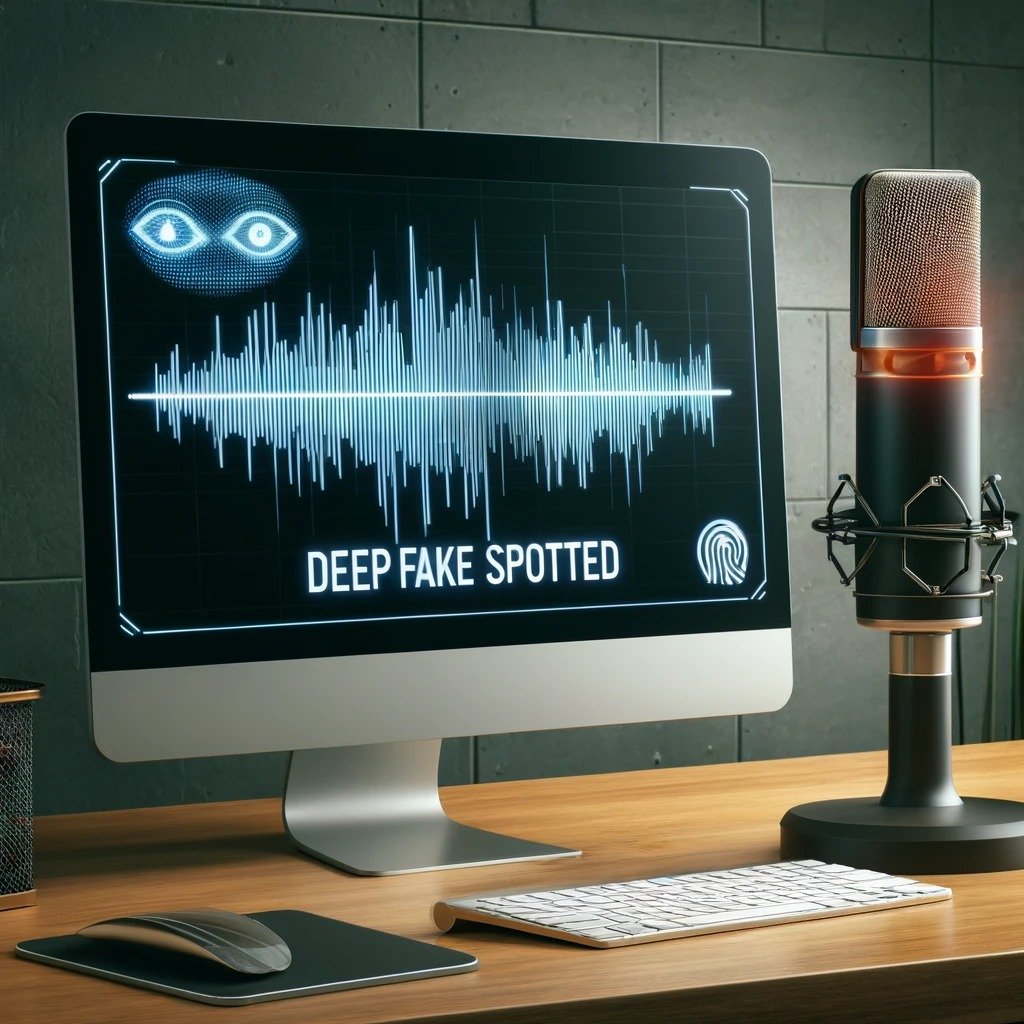The Need to Improve Cybersecurity Measures
Merriam-Webster defines cybersecurity as “measures taken to protect a computer or computer system against unauthorized access or attack”. Cybersecurity measures aim to mitigate and reduce the risk of bad actors or fraudsters infiltrating and breaking into a computer system for nefarious reasons. Examples of these nefarious reasons could include stealing sensitive information, identity theft and financial gains. Stealing sensitive information can lead to a chain of breaches and cyber-attacks which completely compromises the security and safety of the victims.
Alarmingly, security breaches have increased by 67% over the past five years. Cybersecurity leaders around the world continue to put ‘identity disruption from cyberattack’ at higher importance and is now a top 5 cyber risk in 2020. To combat this pressure, cybersecurity leaders have increased their cybersecurity expenditure to implement more stringent security measures as the average cybersecurity expenditure also increased by 58% over the same five year period.
Organizations use many cybersecurity methods to bolster their defenses against cyber-attacks. Some methods are outdated and can easily be breached while others are unique and cutting edge. Examples of common cybersecurity methods include strong passwords, setting up firewalls, implementing identity access management, using security software, and setting up insurance. However, cybersecurity leaders are beginning to question the efficacy of these current methods as bad actors and fraudsters continually break into systems.
According to Accenture’s ninth ‘The Cost of Cybercrime’ study, the top three most cost-effective methods are ‘security intelligence and threat sharing’, ‘automation, AI and machine learning’ and ‘advanced identity and access management’. Security intelligence and threat sharing provided a net technology savings of USD 2.26 million with 67% adoption rate. Automation, AI and machine learning provided a net technology savings of USD 2.09 million with 38% adoption rate. Advanced identity and access management provided a net technology savings of USD 1.83 million with 63% adoption rate.
One technology that encompasses these three methods into one is voice biometrics. Auraya’s voice biometric technology utilizes smart AI and machine learning technologies to provide secure and seamless voice identification and verification capabilities. Organizations can add Auraya’s voice biometric technology into their existing identity and access management platform to improve security allowing and revoking access to users by simply enrolling and removing their voiceprints. Auraya’s voice biometric technology can also be used to track and monitor fraudster voiceprints that have previously attempted to break into an organization’s system. Fraudulent attempts to access services can be identified and the fraudsters voice can be enrolled in an alert list to apply preventative measures if the bad actor attempts to access another account.
Organizations can easily implement Auraya’s voice biometric technology, whether it is on-premise or via the cloud. Organizations can improve efficiency in contact centers and automated digital channels, removing the need for costly SMS OTPs verification tokens, and providing more self-service options in platforms such as the IVR, chatbot or messaging. Overall, voice biometric technology is a next-gen cybersecurity solution that provides multi-faceted benefits to organizations and their customers.

















